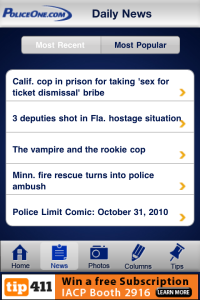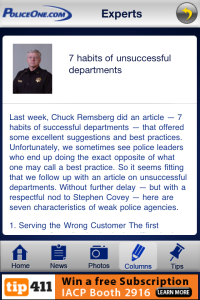 Having taken part in a session entitled ‘Press Office vs Bloggers’ at the recent #HyperWM event at Walsall College, and the ‘Tweets’ since the event, I have decided to write this blog to capture the issues and what can be learnt.
Having taken part in a session entitled ‘Press Office vs Bloggers’ at the recent #HyperWM event at Walsall College, and the ‘Tweets’ since the event, I have decided to write this blog to capture the issues and what can be learnt.
It was obvious from the start that there was going to be polarised opinion within the session between the bloggers in the room and the press officers representing their organisations. I will try to list some of the issues as I saw them.
Change in communications
The crux of the matter seemed to be this:
The bloggers felt they weren’t getting responses to their questions from the press officers. The press officers felt that they were there to push organisational information to the media, not individuals, be they bloggers or not.
I believe that while organisations still need to use the conventional methods of communication through the media, times have moved on from 10 years ago when this was the primary form of communication. Due to the opening up of web communications through social media tools such as Twitter and Blogs, members of the community have arguably become just as important as the media. We should surely therefore respond to questions from the community as we respond to those from the media.
It is not acceptable in today’s communication world to ignore these digital engagement channels. In fact we should embrace these as people who follow bloggers and Twitteres are those actively reading posts being pushed out and are therefore a more willing audience… A Direct Marketing campaign is successful if it achieves a 3% return . Using digital channels I would expect this to be very much higher.
Lack of information
Another concern from the bloggers was that often they can’t find the information that they wish to communicate to their readers. They are happy to research the organisation’s website to find the information and then to compose their article themselves – they are not necessarily looking for the press office to write the article for them! They may seek to get a perspective from the organisation to add to the article.
The concern is that they are often thwarted as the information is not within the website; or if it is, it’s not easily available and difficult to search for. Public Sector organisations are obliged to publish information through the Public Scheme (link). As the Publication Scheme manager for my organisations, I personally feel that organisations should try to provide more than just what is required under the scheme.
Therefore Publication Scheme managers, Communications managers and Web Managers must try to provide as much information as possible through the website for the public. This is not only for the Bloggers but general members of the community to link to in Tweets or to read on the website itself!
Bloggers can be positive
In the session it was suggested that Bloggers are negative about organisations and therefore this is the reason that they are not being engaged. There were a number of bloggers within the session all of whom stated that they are fair in their articles – if sometimes a little persistent! They want to work with the organisations to help them get the information to the local people that they ‘represent’. To do this they need a meaningful conversation with the press office team.
A press officer for a local government organisation stated that they are there to communicate and provide information to the media and not the bloggers. I don’t think that bloggers can blame the press officers themselves as they are working within the guidelines set out for them by the organisation. Therefore the issue I think is more to do with lack of understanding by those leading communications within these organisations – the way people receive their information has changed – people will view TV programmes when they want to (SkyBox, iPlayer etc), will get news information through feeds from multiple sources and Twitter, etc.
Therefore in my opinion if the press office embraces the fact that bloggers can help get the information out to the communities this can be a positive thing for the organisation. As a good friend has mentioned “Press Offices are like Life on Mars – still in the 1980’s”.
Note: This post was previously published on the UK Police Web Managers Blog.
 Sasha Taylor is the eCommunications Officer and manages the eCommunications Team at Warwickshire Police, UK. He is responsible for the Intranet website, Newsflash (the force’s media logging software), plasma screens as well as the eight force websites. Sasha provides solutions and develops new concepts for the force which are in line with Warwickshire’s Policing Priorities. Sasha is also the Project Manager of the Child Rescue Alert Scheme for Warwickshire Police, is a member of the National Police Web Managers Group, member of the National Working Group for www.askthe.police.uk website, as well as being a Warwickshire Crimestoppers board member and registered Thinkuknow trainer (www.thinkuknow.co.uk).
Sasha Taylor is the eCommunications Officer and manages the eCommunications Team at Warwickshire Police, UK. He is responsible for the Intranet website, Newsflash (the force’s media logging software), plasma screens as well as the eight force websites. Sasha provides solutions and develops new concepts for the force which are in line with Warwickshire’s Policing Priorities. Sasha is also the Project Manager of the Child Rescue Alert Scheme for Warwickshire Police, is a member of the National Police Web Managers Group, member of the National Working Group for www.askthe.police.uk website, as well as being a Warwickshire Crimestoppers board member and registered Thinkuknow trainer (www.thinkuknow.co.uk).














